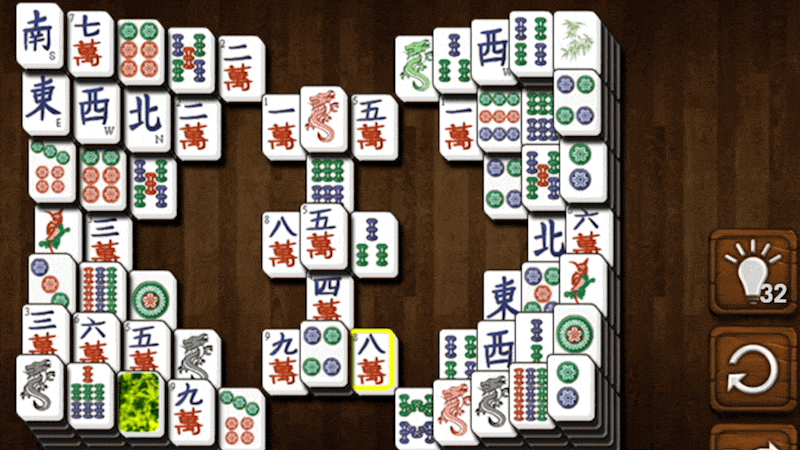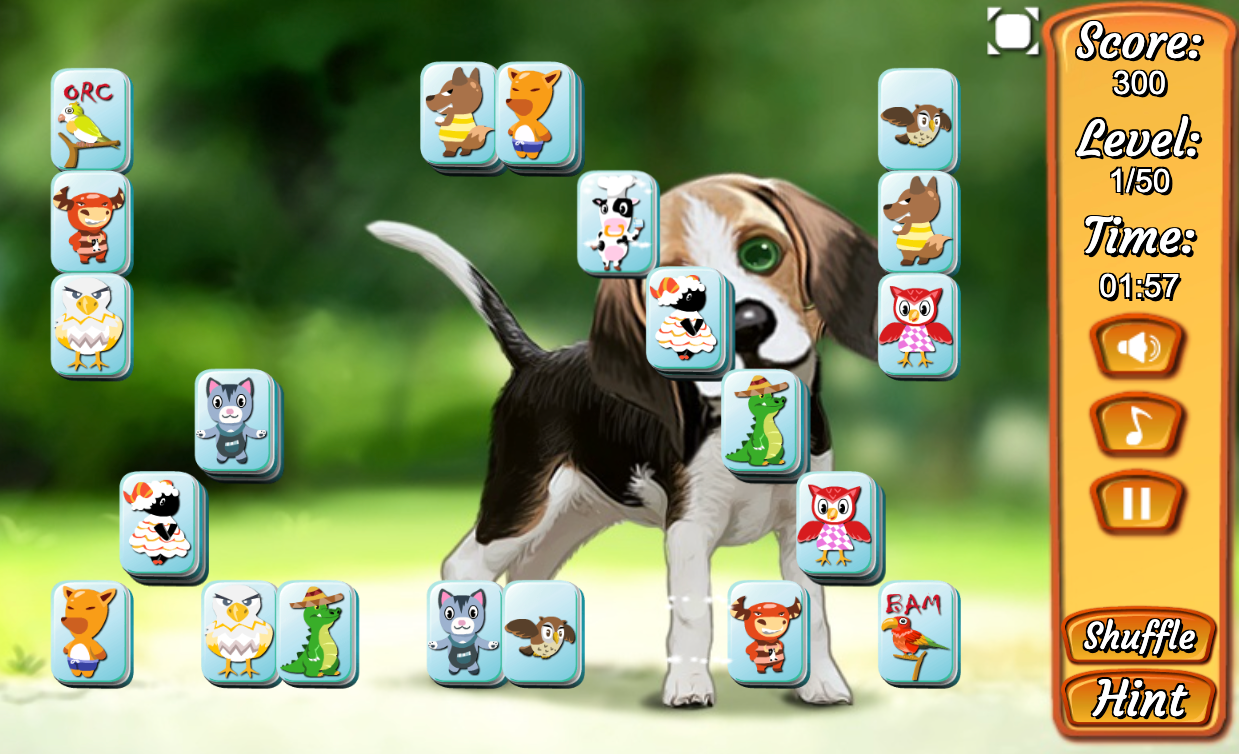The History of Mahjong

Mahjong has historically been known as a game that is both ancient and mysterious. You can imagine the clacking of Mahjong tiles being heard in the courts of the great Chinese emperors of the Tang and Song dynasties. But what’s interesting about Mahjong is that it’s actually a fairly modern game. In fact, the history of Mahjong only goes back to the 19th century.
Mahjong Origins
Mahjong, also known as mah-jongg, is a tile-based game that originated in China. The name is believed to come from the Chinese word for ‘sparrow’ as the clacking of the tiles sounds like bird chatter. The game is played with a set of 144 tiles or cards with a Chinese character or symbol on each.
Just like a deck of cards, Mahjong tiles can be used to play a wide variety of games, but the most common form of Mahjong is a four-player game with players drawing and discarding tiles as they compete to be the first to collect a winning hand.
Another popular form is Mahjong solitaire which is mostly played as a computer or online game. This uses the tiles to create a challenging single-player puzzle with players trying to clear all the pieces by removing matching pairs.
Invention of Mahjong
There’s no exact date for when the history of Mahjong officially began, but references start appearing in the late 1880s and all come from around the Yangtze Delta on the eastern coast of China. It started to become popular in some of the major cities such as Beijing and Shanghai.
While it’s a fairly modern game, it’s likely to have been inspired by some much older Chinese games such as Ya Pei, a game that’s played with wood and ivory cards and dates back to the 10th century. A number of these ancient games use the same kind of symbols, but the Mahjong that emerged in the 1880s is a separate game.
Mahjong’s Rise in Popularity

From its origins in China, the appeal of Mahjong started to spread into western countries during the 1920s. In America, Mahjong sets started being imported and sold by the New York retailer Abercrombie and Fitch - before they became a store that sold clothes. They soon struggled to meet demand as Mahjong became an American craze.
The surge in popularity was helped by a man called Joseph P. Babcock. He played the game while working as an American oil executive in China. He trademarked the name ‘Mah-Jongg’ and wrote an English language rule book, ‘Rules of Mah-jongg’ to explain the game to westerners.
His book simplifies some of the rules to help make it accessible to an American audience. Across the US, Mah-jongg clubs soon began to form and a national Mah-jongg league was created.
While this fad eventually fizzled out, Mahjong has remained an incredibly popular board game that’s enjoyed by players across the globe. The American variant is just one of many different versions of the game.
Deciphering Mahjong Tiles
The symbols work in a similar way to a deck of playing cards with different suits. There are three main suits (stones, characters, and bamboo), two honor suits (wind and dragon), and one optional suit (flowers). The character suit features Chinese black and red characters for the numbers one to nine.
Mahjong Goes Online
The first computer version of Mahjong solitaire was created in 1981 by Arizona software programmer Brodie Lockard. His background was as a promising gymnast who suffered a serious injury in a training accident, resulting in him being paralyzed from the neck down.
Using a mouth guard to control the mouse and keyboard, he became a programmer and created the first version of Mahjong solitaire on a system called PLATO. He said that his inspiration was an ancient Chinese game called ‘The Turtles’ that was played with tiles.
As technology improved, Brodie continued to make new versions of the home systems. The most successful of these was a Macintosh port for Activision that they called ‘Shanghai’. The game was a major hit, and Activision created versions for most systems and racked up sales of around 10 million copies.
The fact that it was based on an older game made copyright a gray area and allowed a flood of copycats to recreate the game using the same basic solitaire format. A version called Taipei was included as part of the Microsoft entertainment pack in 1990.
Want to play some Mahjong Solitaire?

There’s plenty of choice on Coolmath Games if you are looking for a relaxing puzzle to solve. Some versions use the traditional tile set like Classic Mahjongg and Mahjong Deluxe. Or there are cute alternatives like Duck Pond Mahjong and Pet Mahjongg that use the solitaire format but with animal-themed tilesets.
Well now that you have learned a little bit about the history of Solitaire, make sure to go and play a few of our games and have some fun!